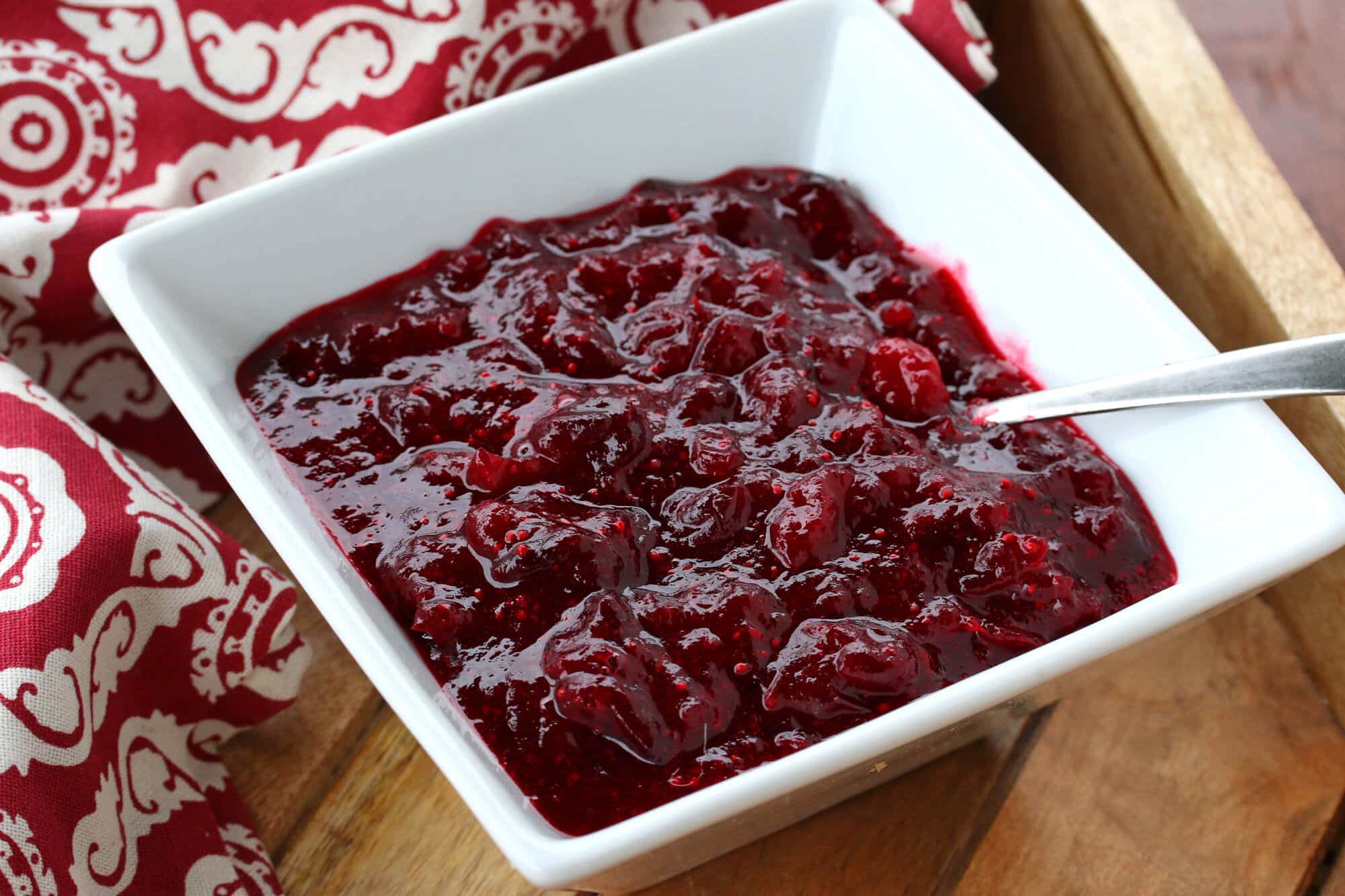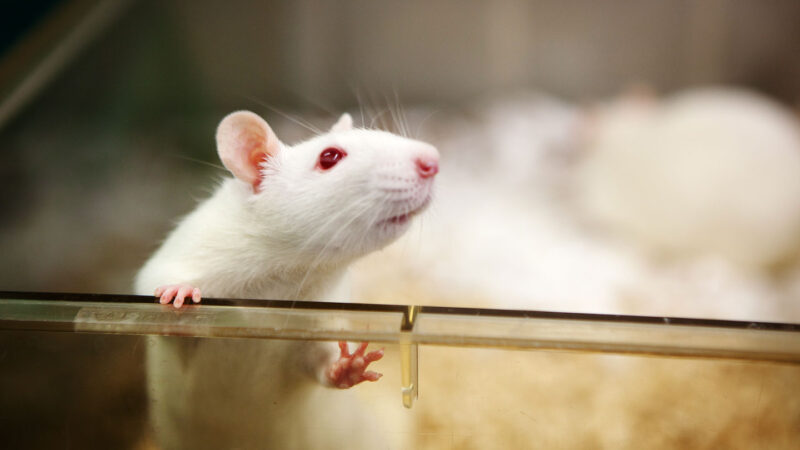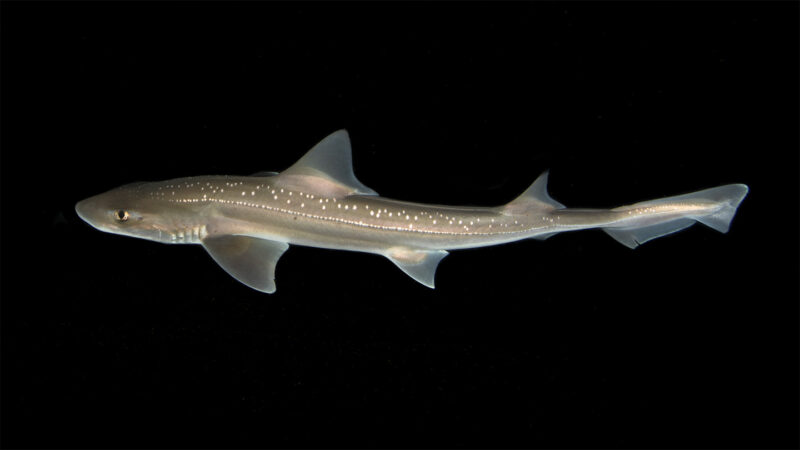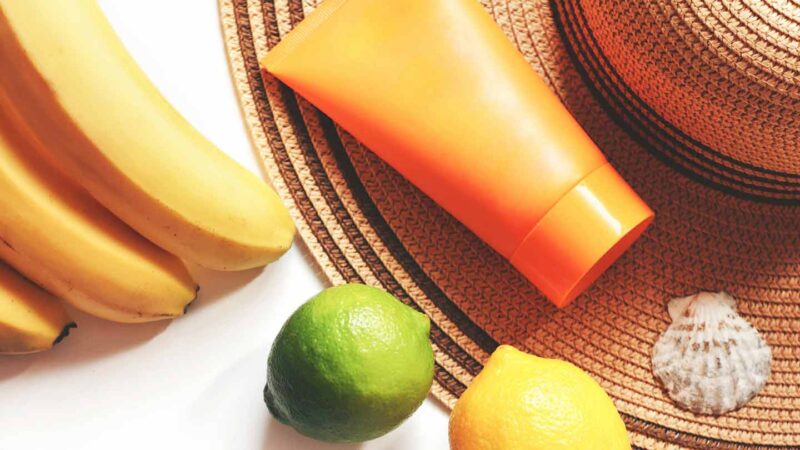Thanksgiving is right around the corner. We thought we’d bring you a bit of food science. In this activity, you’ll learn a bit about the science behind states of matter and create some delicious homemade cranberry sauce!
Here’s What You Need
- 12 ounces fresh or frozen cranberries
- 1 cup sugar
- 1 1/4 cup water
- 2-quart saucepan
- long handled spoon
- bowl or storage jars
Here’s What You Do
Wash cranberries and pat dry.
In a 2-quart saucepan, combine the sugar and water. If you like you can add a bit of orange rind and juice. Cook, stirring over medium heat until the sugar dissolves.
Add the cranberries to the sugar solution, bring to a boil, and cook until cranberry skins start to break or pop – about 1 minute. The mixture will also become bright red in color. Continue to stir your cranberry and sugar mixture for 5-10 minutes. As you stir, you will notice that the mixture has changed in consistency. It should be much thicker than when you began.
Remove the mixture from the heat and pour it into a 3-cup bowl or storage jars with lids to cool. You may notice that the cranberry sauce thickens even more as it cools.
Your homemade cranberry sauce can be stored (covered) in the refrigerator for up to 10 days or placed in airtight jars in the freezer for up to 3 months. (Leave 1/2-inch space between sauce and jar lid.)
The Science Behind the Sauce
Making homemade cranberry sauce is a lot of fun and a great way to experiment with the creation of gels. What exactly is a gel? A gel can be thought of as a liquid that acts like a solid. The gel that you are probably most familiar with is Jell-O. The jelly you put on a peanut butter and jelly sandwich is also a type of gel. Cranberries and other fruits can be used to make gels and jellies because they contain a gummy substance called pectin. Pectin is found in the cell walls of fruits, especially their rinds. When fruits high in pectin (e.g. grapes, apples, and cranberries) are boiled with sugar and water, the pectin molecules are separated from the fruit cells. They are then reconfigured into a stiff network of carbohydrates or, in this case, a delicious gel known as cranberry sauce!
Did You Know?
Research has ranked the cranberry as number one in antioxidants. A comparison of some of the most common fruits found that the little red berry — in its pure form — contained the highest quantity of disease-fighting phenols, a type of antioxidant that is believed to reduce the risk of chronic diseases such as cancer, stroke, and heart disease.

















